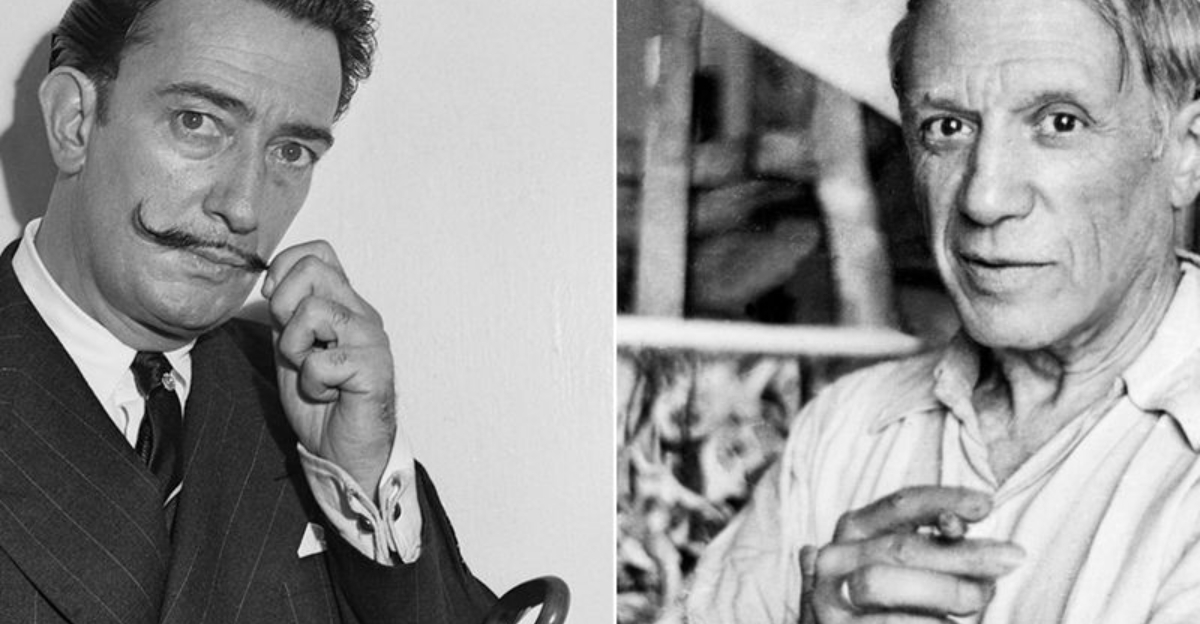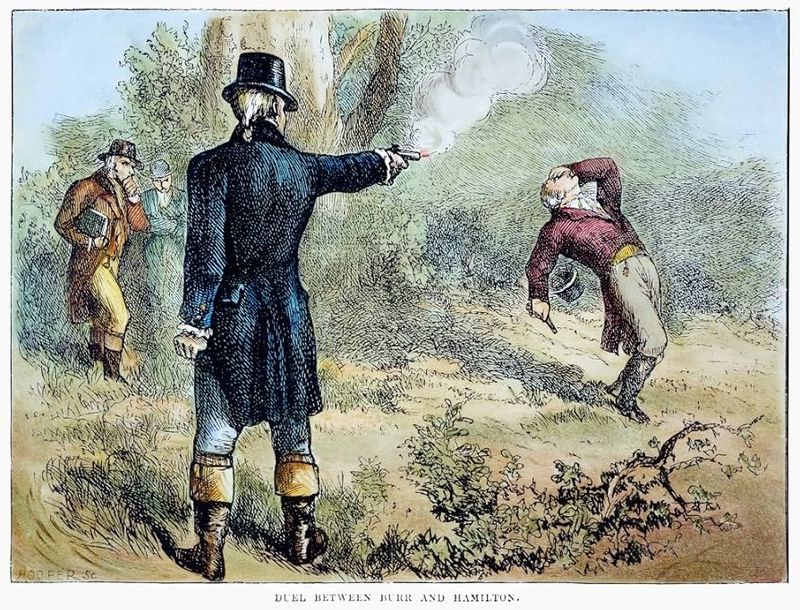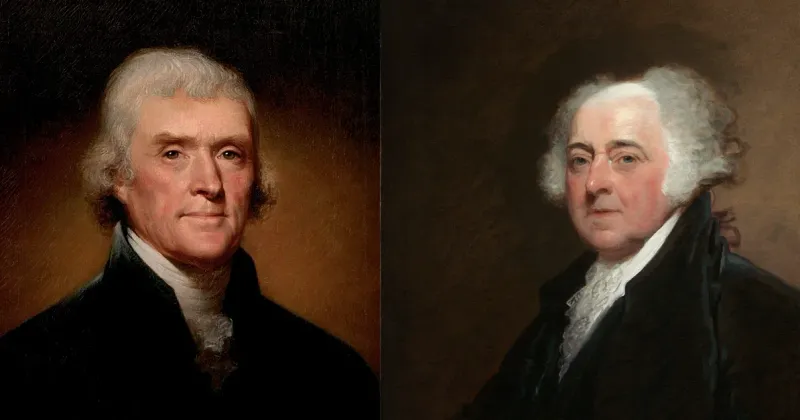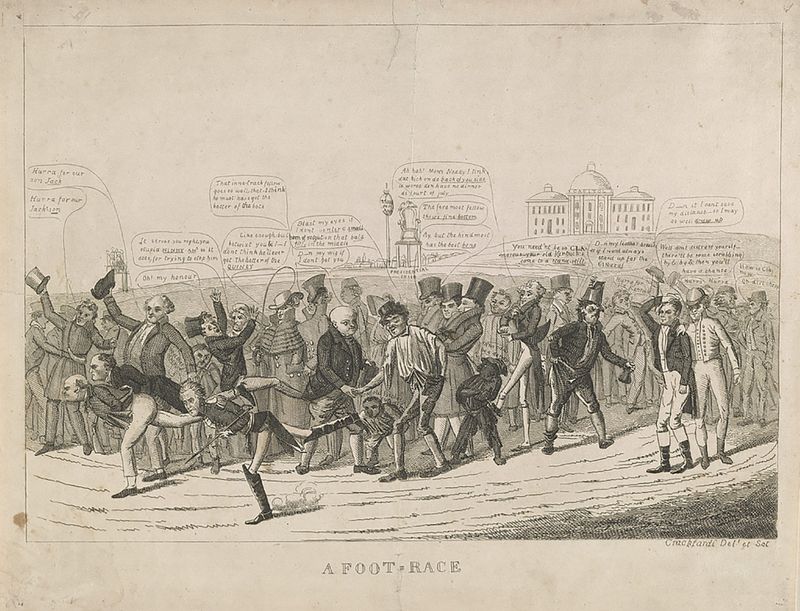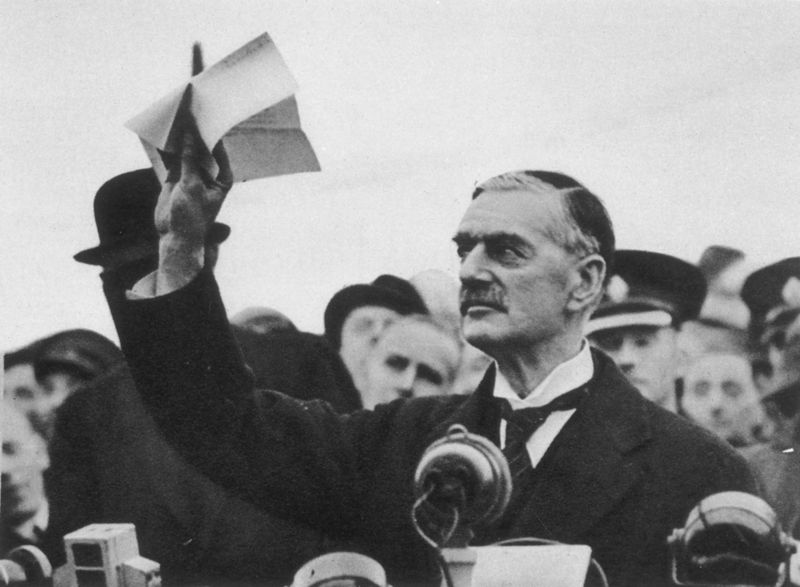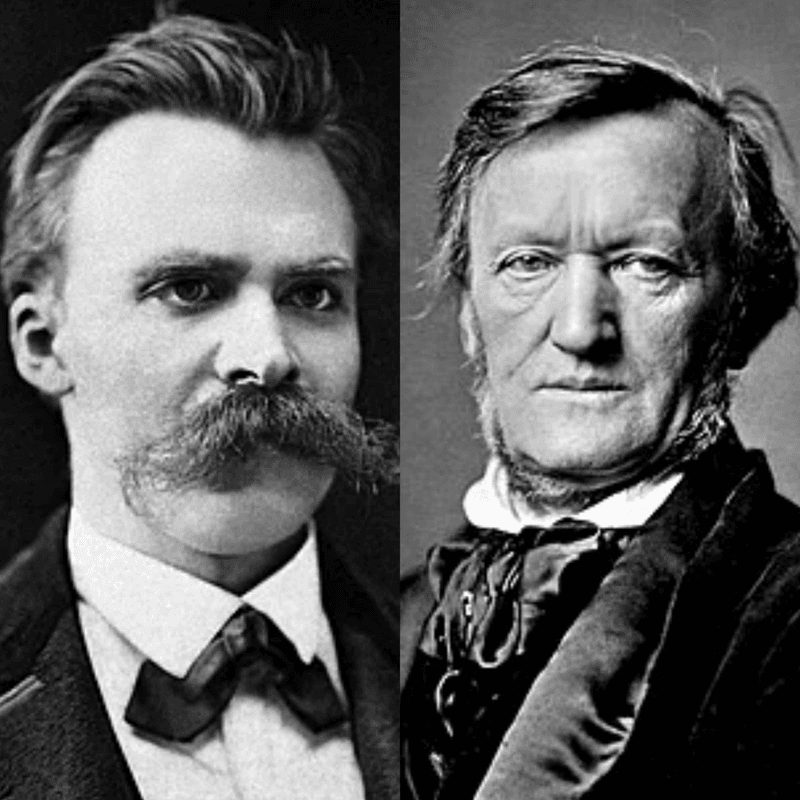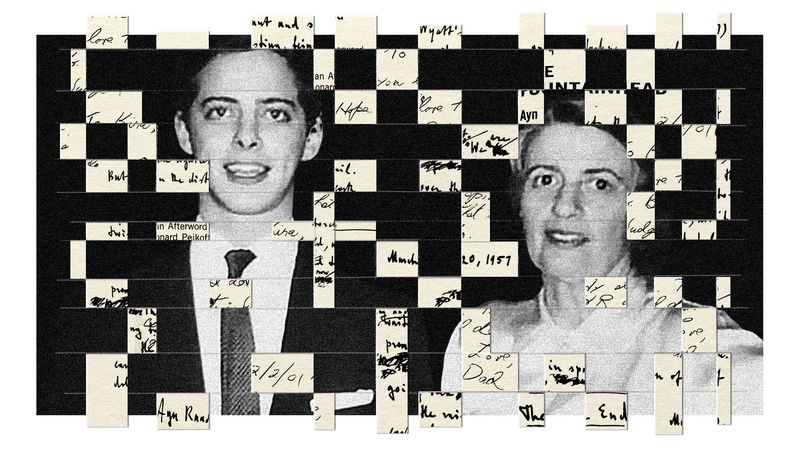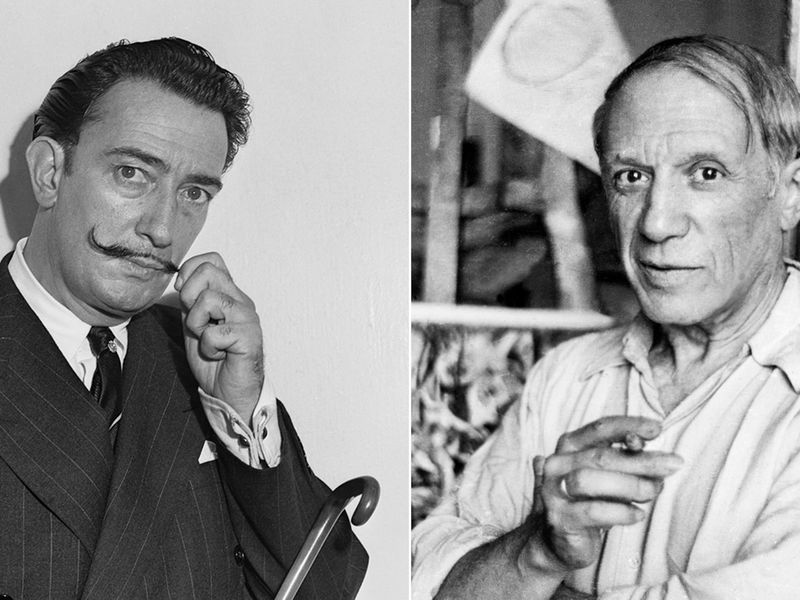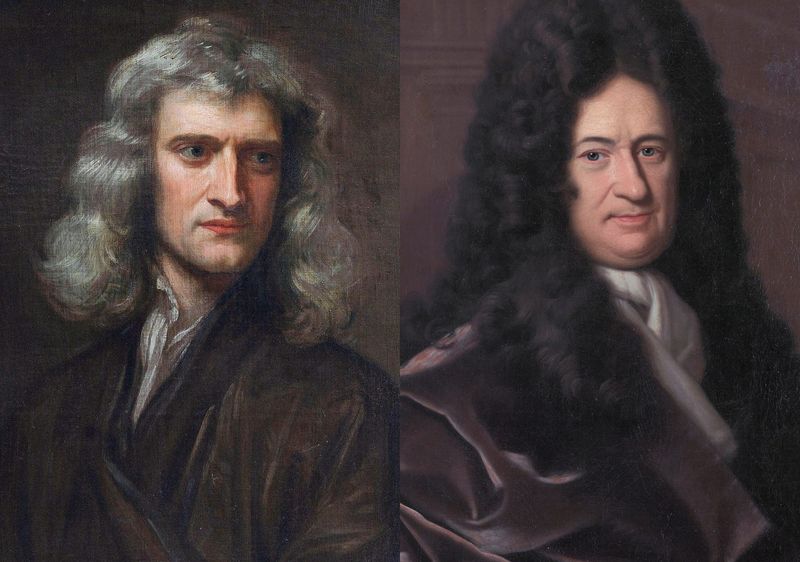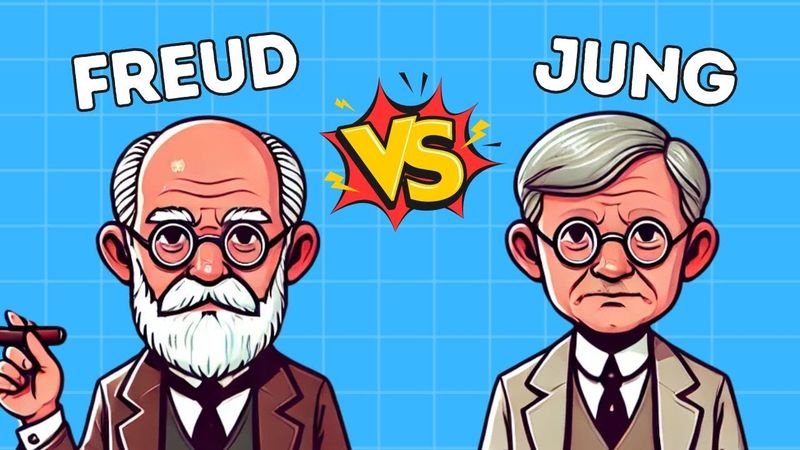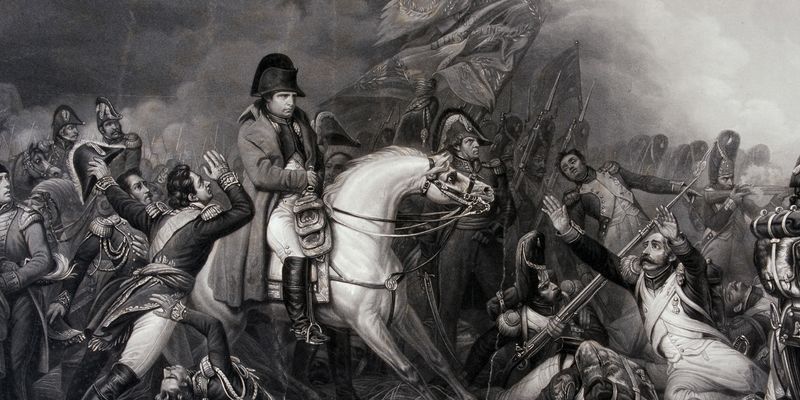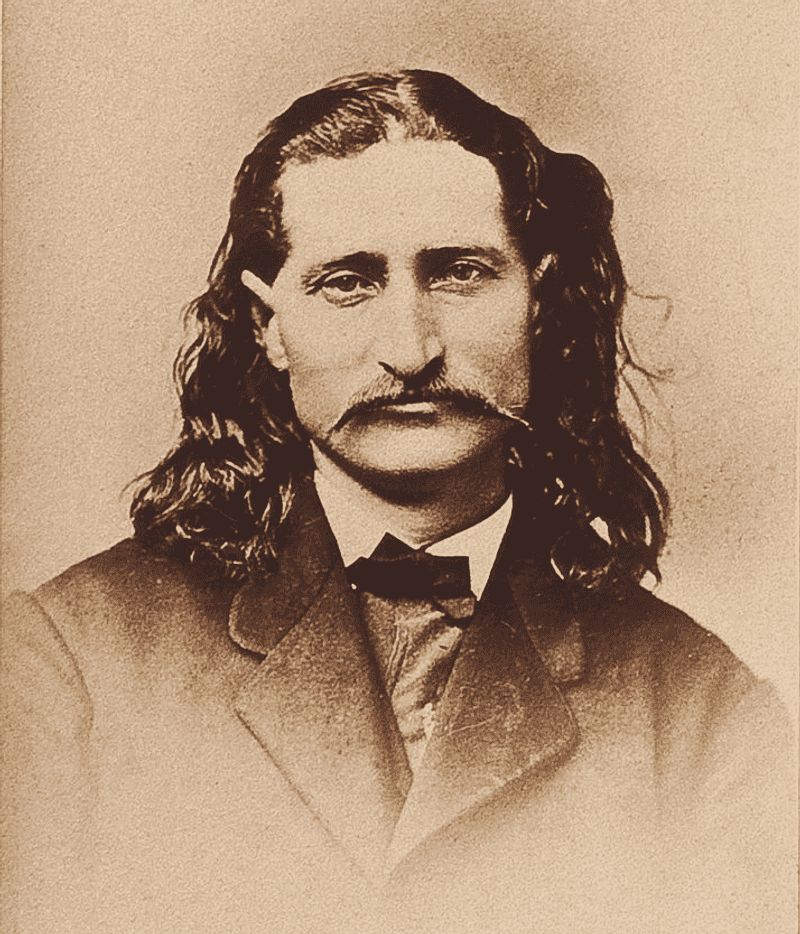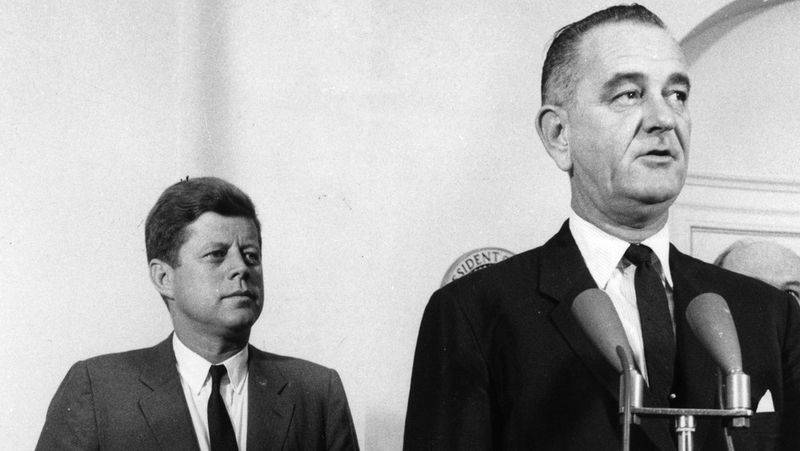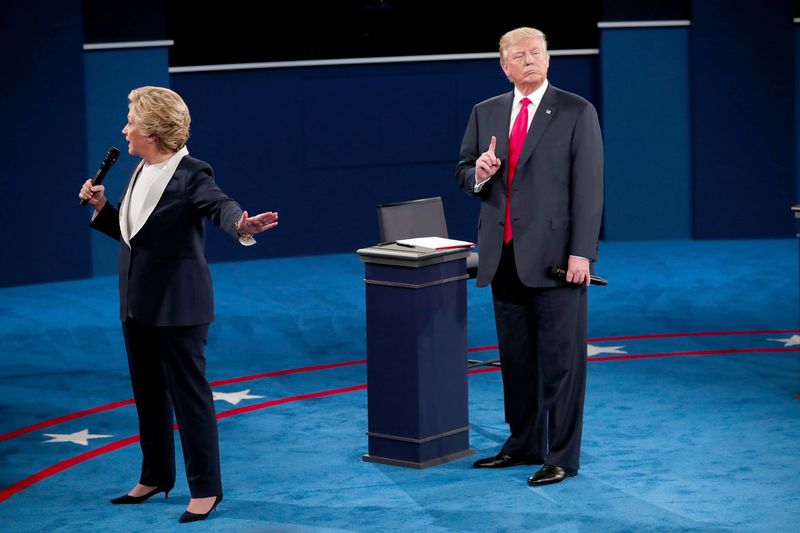Throughout history, rivalries have shaped political landscapes, cultural shifts, and scientific advancements. Some of these feuds ended in tragedy, while others resolved with time. From political skirmishes to artistic duels, these famous historical rivalries demonstrate the power of human disagreement and ambition.
1. Alexander Hamilton vs. Aaron Burr
In the quiet of dawn, two figures faced each other with pistols in hand. Alexander Hamilton, a Founding Father, and Aaron Burr, a sitting Vice President, allowed their personal vendetta to culminate in a duel. What led to this infamous showdown? The volatile mix of politics and personal animosity was the catalyst. Hamilton often thwarted Burr’s political ambitions, and their conflict simmered until it exploded at Weehawken, New Jersey. Though less than 20 paces apart, the duel’s conclusion was fatal: Hamilton was mortally wounded, dying the next day.
2. Thomas Jefferson vs. John Adams
What happens when friends become foes? Thomas Jefferson and John Adams started as close allies but soon found themselves on opposite sides of the political spectrum. Their friendship soured when both sought the presidency, leading to a heated election filled with personal attacks. Over time, however, the passage of time softened their bitterness. In their later years, they rekindled their correspondence, exchanging letters that revealed mutual respect. Their deaths on the same day, July 4, 1826, marked a poignant end to their storied relationship, emphasizing reconciliation.
3. Andrew Jackson vs. Henry Clay
Andrew Jackson and Henry Clay’s rivalry was as fierce as it was personal. Jackson accused Clay of a “corrupt bargain” during the 1824 presidential election, a charge that haunted Clay’s career. Their contrasting personalities fueled their animosity—Jackson was fiery and direct, while Clay was charismatic and persuasive. This enmity extended beyond politics, with both men vying for influence over the nation’s future. Despite their differences, both left indelible marks on American history, shaping the political landscape in profound ways.
4. Joseph Stalin vs. Leon Trotsky
In the aftermath of the Russian Revolution, Stalin and Trotsky emerged as key figures with diametrically opposed visions. Stalin’s pragmatic and ruthless approach clashed with Trotsky’s intellectual and ideological fervor. The struggle for control of the Soviet Union was bitter, with Stalin ultimately emerging victorious. Exiled to Mexico, Trotsky continued to challenge Stalin’s authority through writings. However, Stalin’s reach extended far, ordering Trotsky’s assassination in 1940. This gruesome end highlighted the lethal consequences of political rivalry taken to its extreme.
5. Winston Churchill vs. Neville Chamberlain
In the shadow of a looming war, Winston Churchill and Neville Chamberlain stood at ideological crossroads. Churchill, a staunch critic of appeasement, viewed Chamberlain’s concessions to Hitler as naive and dangerous. Their conflict came to a head with the Munich Agreement, which Chamberlain famously declared as “peace for our time.” As history unfolded, Churchill’s warnings proved prescient, and he rose to lead Britain through World War II. Despite their differences, Chamberlain’s eventual support for Churchill reflected a shared commitment to their nation.
6. Mark Twain vs. Bret Harte
Once collaborators, Mark Twain and Bret Harte became adversaries in the literary world. Twain’s biting wit turned against Harte, whom he accused of being “a liar, a thief, and a snob.” Their friendship dissolved as professional jealousy took root. Harte’s genteel portrayal of frontier life clashed with Twain’s more rugged and satirical approach. This rivalry, though personal, reflected broader tensions in American literature as authors navigated the shifting cultural landscape. Twain’s enduring legacy as a literary giant overshadowed Harte’s once-prominent reputation.
7. Friedrich Nietzsche vs. Richard Wagner
Friedrich Nietzsche’s initial admiration for Richard Wagner turned to disdain, marking a dramatic shift in their relationship. Wagner’s music, once inspirational to Nietzsche, became the target of his philosophical critiques. Nietzsche, disillusioned by Wagner’s turn towards Christian themes, accused him of artistic degeneration. This intellectual schism symbolized Nietzsche’s broader rejection of contemporary culture and his quest for new values. The fallout from their friendship became an enduring theme in Nietzsche’s writings, underscoring the complexities of human relationships and ideological divergence.
8. Ernest Hemingway vs. William Faulkner
Ernest Hemingway and William Faulkner, two giants of American literature, shared a rivalry that transcended mere professional competition. Hemingway’s terse, economical style starkly contrasted with Faulkner’s intricate, verbose prose. Their mutual disdain was palpable in their public exchanges, with Hemingway mocking Faulkner’s vocabulary, and Faulkner questioning Hemingway’s courage. Despite their enmity, both authors reshaped literary conventions, leaving indelible marks on the canon of American literature. Their feud, rich with personal and artistic differences, captured the imagination of readers and critics alike.
9. Ayn Rand vs. William F. Buckley Jr.
Ayn Rand and William F. Buckley Jr.’s ideological clash was as intense as it was public. Rand, the ardent individualist, viewed Buckley’s traditional conservatism as a betrayal of her Objectivist philosophy. Their infamous falling-out reached a peak when Rand exited a televised interview and ceased all contact with Buckley. This rivalry highlighted the fractures within the American conservative movement during the mid-20th century, as intellectuals grappled with defining the political landscape. Both left lasting impacts, shaping the discourse and evolution of conservative thought.
10. Salvador Dalí vs. Pablo Picasso
Salvador Dalí and Pablo Picasso, towering figures in modern art, shared a complex relationship marked by mutual admiration and rivalry. Dalí, known for his surrealism, initially praised Picasso’s genius before turning on him, spurred by diverging artistic philosophies. Their interactions reflected profound differences in how they perceived art’s purpose. Dalí’s public critiques of Picasso underscored his desire to distinguish his work within the avant-garde movement. Despite their tensions, both artists contributed significantly to 20th-century art, leaving legacies that continue to inspire and challenge perceptions.
11. Isaac Newton vs. Gottfried Wilhelm Leibniz
Isaac Newton and Gottfried Wilhelm Leibniz’s feud over the invention of calculus was both intellectual and personal. Newton’s camp accused Leibniz of plagiarism, a charge that fueled a bitter controversy spanning decades. Their dispute extended beyond mathematics, reflecting deeper nationalistic and philosophical divides. Newton’s priority claim, published through the Royal Society, cast a long shadow over Leibniz’s contributions. This clash, emblematic of the intense competition among Europe’s greatest minds, underscored the fierce pursuit of scientific discovery and the high stakes of intellectual acclaim.
12. Thomas Edison vs. Nikola Tesla
The “War of the Currents” between Thomas Edison and Nikola Tesla was a clash of innovation and ambition. Edison’s promotion of direct current (DC) met its match in Tesla’s alternating current (AC), setting off a technological battle that captured public attention. Their rivalry extended beyond technology to personal realms, with Edison allegedly resorting to smear campaigns against Tesla. Despite the animosity, both inventors’ contributions to electrical engineering were groundbreaking. Tesla’s vision eventually prevailed, powering the modern world and cementing his legacy as a pioneer of electricity.
13. Sigmund Freud vs. Carl Jung
Sigmund Freud and Carl Jung’s relationship began as mentor and protégé before diverging into a notable intellectual schism. Freud’s psychoanalytic theories, centered on sexual drives, clashed with Jung’s explorations of the collective unconscious. Their correspondence, once rich with collaboration, turned cold as their philosophical differences deepened. Jung’s departure from Freud’s circle marked a pivotal moment in the development of psychology, leading to new schools of thought. While their feud was personal, it spurred significant advances in understanding the human mind and behavior.
14. Cleopatra vs. Octavian (Augustus)
Cleopatra’s rivalry with Octavian (later Augustus) was a dramatic chapter in Roman history. Following Mark Antony’s defeat, Octavian pursued Cleopatra as a political threat. Their enmity culminated in the famous Battle of Actium, where Cleopatra’s forces were decisively beaten. Cornered and facing capture, Cleopatra chose suicide over surrender, using a venomous snake, ensuring her place in history. Octavian’s victory marked the end of the Ptolemaic Dynasty and the rise of the Roman Empire, illustrating the perilous intersection of power, politics, and personal vendettas.
15. Elizabeth I vs. Mary, Queen of Scots
Elizabeth I and Mary, Queen of Scots’ rivalry intertwined personal and political conflict. Mary’s claim to the English throne, supported by Catholic factions, threatened Elizabeth’s Protestant reign. After years of imprisonment, Elizabeth sanctioned Mary’s execution to secure her own rule. The execution, viewed as a betrayal by some, cemented Elizabeth’s control but haunted her legacy. This feud, steeped in intrigue and ambition, underscored the volatile nature of dynastic politics. Their story, rich with drama, continues to captivate, symbolizing the deadly stakes of royal power struggles.
16. Napoleon Bonaparte vs. The Duke of Wellington
Napoleon Bonaparte and The Duke of Wellington’s rivalry epitomized the clash of military titans. Their confrontation at Waterloo became the stuff of legend. Napoleon, the ambitious French Emperor, faced Wellington, the strategic British general, in a battle that would decide Europe’s fate. Despite Napoleon’s tactical genius, Wellington’s coalition forces triumphed, ending Napoleon’s rule. This historic clash not only reshaped European borders but also cemented Wellington’s reputation as a brilliant military leader. Their rivalry, marked by its decisive nature, remains a defining moment in military history.
17. Al Capone vs. Bugs Moran
The deadly feud between Al Capone and Bugs Moran climaxed in the St. Valentine’s Day Massacre, a brutal gangland execution that shocked the nation. Capone, the notorious crime boss, sought to eliminate Moran’s North Side Gang to dominate Chicago’s underworld. Moran, known for his tenacity, narrowly escaped the massacre, which left seven of his men dead. This violent rivalry exemplified the lawlessness of Prohibition-era America, where mobsters ruled with impunity. Despite their criminal enterprises, both Capone and Moran’s legacies are forever linked to organized crime’s dark history.
18. Jesse James vs. Wild Bill Hickok
The legendary outlaws Jesse James and Wild Bill Hickok notoriously despised each other. Their paths crossed in the tumultuous world of the American frontier, where lawlessness held sway. James, an infamous bank robber, saw Hickok, a former lawman and gunslinger, as a threat to his criminal exploits. While their direct confrontations were few, their mutual animosity was well-known. This rivalry, underscored by the chaotic backdrop of the Wild West, highlighted the perils and precarious alliances among the era’s most infamous figures, capturing the imagination of a nation.
19. Lyndon B. Johnson vs. Robert F. Kennedy
Lyndon B. Johnson and Robert F. Kennedy’s rivalry was rooted in deep personal and political discord. Johnson, elevated to the presidency after JFK’s assassination, viewed RFK’s ambitions as a direct challenge. Their relationship, fraught with distrust, was marked by public and private clashes. Johnson’s disdain for Kennedy’s privileged upbringing contrasted with RFK’s suspicion of Johnson’s political maneuvering. This animosity reflected broader tensions within the Democratic Party during the 1960s. Their feud, emblematic of shifting political dynamics, left a lasting impact on American politics.
20. Donald Trump vs. Hillary Clinton
The 2016 U.S. presidential election brought Donald Trump and Hillary Clinton’s rivalry to the forefront of global attention. Trump’s provocative rhetoric and Clinton’s political experience clashed in a divisive campaign. Their debates, marked by personal attacks and stark policy differences, captured worldwide interest. Trump, leading chants of “Lock her up!” symbolized the election’s contentious nature. Clinton’s bid to become the first female president ended in a stunning upset, as Trump secured victory. Their rivalry, underscored by deep political and cultural divides, continues to influence the American political landscape.
